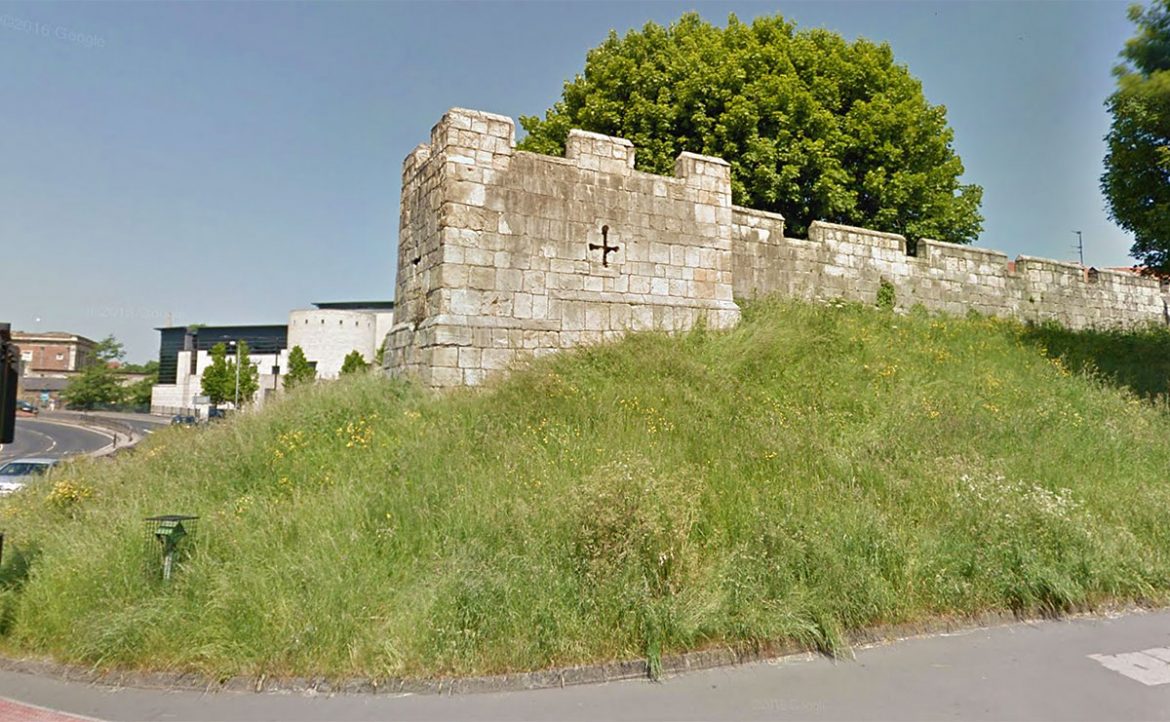Last week we reported that the council had closed part of York’s city walls.
It followed a routine inspection which discovered possible subsidence on the section between Fishergate Postern Tower and Fishergate Bar. The council said it had to put safety first and shut this section.
Now a specialist team of experts have carried out a detailed inspection. On Wednesday (December 7) they examined the section between Fishergate Postern Tower and Tower 39.
This brought good news and bad news.

The bad news first. The experts, who included a conservation architect and engineers from international infrastructure company Mouchel, found evidence there may be some continuing movement in the roof arch and in the stone walls of the tower.
But the good news is that the closed section will reopen on Saturday (December 10).
A spokeswoman for City of York Council said:
We don’t like restricting access to the city walls, but our first priority is safety. This section of the walls is expected to reopen as usual on Saturday
History of Tower 39

Found on the corner of Fishergate and Paragon Street, Tower 39 is of one build with the adjacent 14th-century curtain wall but has been modified in the later Middle Ages.
It is rectangular and so placed that the south east side is parallel to the wall running to Fishergate Bar and the south west side to that towards Fishergate Postern.
The inside, reached through a doorway with a three-centred head in the north west wall, has a main room and an alcove to the south west. The room has a fireplace blocking the slit in the north east wall.
The walls are of stone with some masons’ marks and there was a small recess, now bricked up, opposite the entrance.
The two parts are roofed with separate brick vaults. There are at least three phases of building in this tower, to the last of which, in the 17th century after the Civil War, belong the blocking of two arrow slits, the fireplace, and the vaults.
Source: City of York Council
